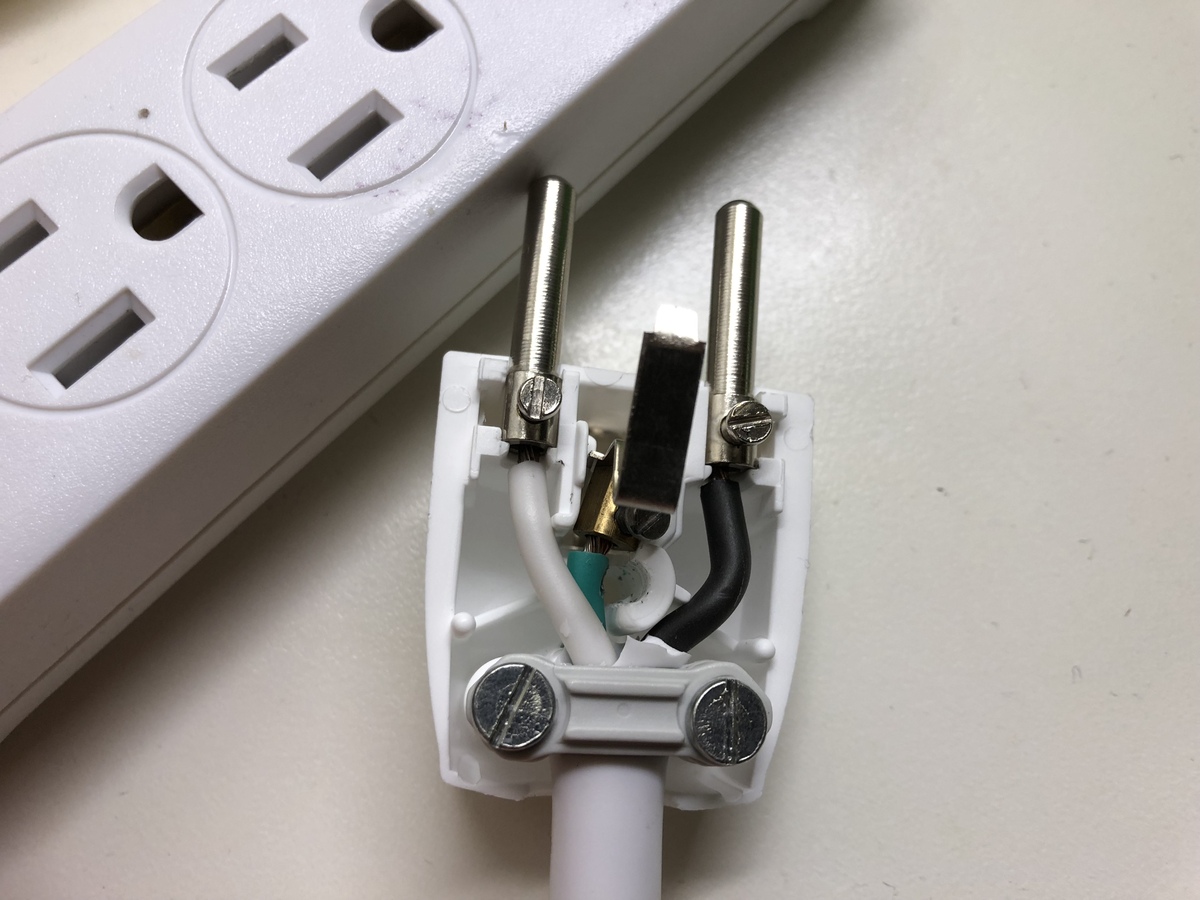

Articles
What Is The Transformer Plug On A Power Strip
Modified: August 28, 2024
Learn about the transformer plug on a power strip in this informative article. Find out how it works and why it's important for power management.
(Many of the links in this article redirect to a specific reviewed product. Your purchase of these products through affiliate links helps to generate commission for Storables.com, at no extra cost. Learn more)
Introduction
Power strips are essential accessories in our modern world, allowing us to conveniently connect multiple devices to a single power source. They offer a practical solution to the limited number of available outlets in our homes, offices, and public spaces. However, not all power strips are created equal, and some come equipped with an additional feature known as a transformer plug. In this article, we will explore the purpose and benefits of the transformer plug on a power strip, as well as some important safety considerations.
Before diving into the details, let’s briefly touch on what a power strip actually is. A power strip, also known as an extension cord or surge protector, is essentially an electrical device that allows multiple devices to be connected to a single power outlet. It consists of several outlets, usually ranging from 4 to 12, and is often equipped with surge protection to safeguard connected devices from voltage spikes or power surges.
Now, let’s move on to the topic at hand – the transformer plug found on some power strips. To understand its purpose, we need to have a basic understanding of transformers.
Key Takeaways:
- Power strips with transformer plugs provide ample space for bulky adapters, maximize outlet availability, and ensure consistent power supply, enhancing convenience and efficiency in connecting multiple devices.
- Prioritizing safety when using power strips with transformer plugs is crucial. Select high-quality strips, avoid overloading, and regularly inspect for damage to mitigate electrical hazards and ensure a safe and reliable power setup.
Read more: What Not To Plug Into A Power Strip
What is a power strip?
A power strip is a versatile electrical device that provides multiple outlets for connecting various electronic devices or appliances to a single power source. It is designed to expand the number of available outlets and conveniently distribute power to several devices at once. Power strips are commonly used in homes, offices, entertainment centers, and other settings where the demand for electrical connectivity exceeds the available wall outlets.
Typically, a power strip consists of a long strip or block with several electrical outlets on one side. Some power strips also feature additional capabilities such as surge protection, which helps protect connected devices from voltage spikes or power surges that could potentially cause damage. Surge protection is particularly important for sensitive electronics like computers, televisions, and gaming consoles.
Power strips come in various sizes and configurations, ranging from compact strips with only a few outlets to larger strips with a dozen or more outlets. They may also include other useful features like a power switch, indicator lights, USB ports for charging devices, or even built-in timers or energy-saving functions.
One important thing to note is that power strips are not designed to increase the overall electrical capacity of a single power outlet. Each outlet in the power strip shares the available power, so it is crucial not to overload the power strip by plugging in devices that draw more power than it can handle.
In summary, a power strip is a practical electrical device that allows multiple devices to be connected to a single power source, expanding the number of available outlets and providing convenient power distribution. Whether for home or office use, power strips are a convenient solution to manage the ever-increasing demand for electrical connectivity.
Understanding Transformers
Before diving into the details of the transformer plug on a power strip, let’s take a moment to understand what transformers are and how they work.
A transformer is an electrical device that can either step up or step down the voltage of an alternating current (AC) electrical supply. It consists of two coils of wire, known as the primary and secondary windings, wrapped around a magnetic core.
When an AC voltage is applied to the primary winding, it creates a magnetic field in the core. This magnetic field then induces a voltage in the secondary winding. The ratio of the number of turns in the primary winding to the number of turns in the secondary winding determines the voltage transformation ratio.
Transformers are commonly used to increase the voltage from a power source, such as a power plant, to transmit it efficiently over long distances. This is known as stepping up the voltage. Conversely, transformers are also used to step down the voltage to a safer, usable level for appliances and devices in our homes and offices.
The ability of transformers to step up or step down the voltage makes them invaluable in the electrical distribution system. They play a vital role in ensuring that the right voltage is delivered to different parts of the electrical grid and to our everyday electrical devices.
Transformers come in various sizes and capacities, depending on the specific application and voltage requirements. They are designed to be efficient and durable, capable of handling high currents and voltage levels while minimizing losses during the transformation process.
Now that we have a basic understanding of transformers, let’s explore the role of the transformer plug on a power strip and its benefits.
Transformer Plug on a Power Strip Explained
The transformer plug on a power strip is a specialized feature that accommodates devices with bulky power adapters or transformers, which can occupy multiple outlets on a standard power strip. It is designed to provide additional space and flexibility to connect devices that have larger, wider, or oddly shaped plugs.
Typically, the transformer plug is a large, spaced-out outlet on the power strip that can accommodate oversized plugs without blocking adjacent outlets. It allows you to connect devices that would otherwise hinder the functionality of a standard power strip by occupying multiple outlets or covering adjacent sockets.
By incorporating a transformer plug on a power strip, you can maximize the number of devices you can connect and eliminate the need to use multiple power strips or sacrifice outlets due to the bulkiness of certain power adapters.
Furthermore, the transformer plug ensures that each connected device receives a consistent and uninterrupted power supply. This is especially important for devices with high power demands, as their performance can be negatively affected if they do not receive sufficient power. The wider and spaced-out nature of the transformer plug helps eliminate potential power surges or voltage drops that can occur when multiple devices are connected in close proximity.
It’s worth noting that not all power strips come with a transformer plug. They are typically found on power strips that are specifically designed to accommodate devices with large power adapters or transformers. Before purchasing a power strip with a transformer plug, consider the types of devices you plan to connect and ensure that the power strip has enough outlets, surge protection, and the necessary spacing to meet your requirements.
To sum up, the transformer plug on a power strip provides additional space and flexibility to connect devices with bulky power adapters or transformers. It ensures consistent power supply and eliminates the hassle of using multiple power strips or sacrificing outlets. If you have devices with large plugs, the transformer plug is a valuable feature to consider when selecting a power strip.
When using a power strip, be sure to pay attention to the transformer plug, which is larger and may block adjacent outlets. Position it carefully to avoid wasting outlet space.
Benefits of Having a Transformer Plug on a Power Strip
The transformer plug on a power strip offers several benefits that enhance convenience and usability. Here are some key advantages of having a transformer plug on a power strip:
- Accommodates Bulky Power Adapters: The transformer plug provides ample space to accommodate devices with large power adapters or transformers. It eliminates the frustration of dealing with oversized plugs that can block adjacent outlets or occupy multiple sockets on a standard power strip.
- Maximizes Outlet Availability: With a transformer plug, you can connect more devices to a single power strip without sacrificing outlets. This can be especially useful in areas with limited available outlets, such as offices, entertainment centers, or workshops.
- Ensures Consistent Power Supply: Devices connected to the transformer plug receive a stable and uninterrupted power supply. The wider spacing and design of the transformer plug help prevent power dips, surges, or voltage drops that can occur when several devices are connected in close proximity.
- Reduces the Need for Multiple Power Strips: Instead of using multiple power strips to accommodate devices with bulky power adapters, a power strip with a transformer plug allows you to connect these devices in a single strip. This helps declutter your workspace and simplifies cable management.
- Enhances Versatility: Not only does the transformer plug accommodate larger power adapters, it can also handle a variety of plug shapes and sizes. This makes it easier to connect devices with non-standard or oddly shaped plugs that may not fit well in regular outlets.
- Improves Organizational Efficiency: Having a power strip with a transformer plug makes it easier to organize and manage your devices. The dedicated space for bulky adapters reduces cable clutter and simplifies the arrangement of your connected devices, improving overall efficiency and accessibility.
Overall, the transformer plug on a power strip provides the flexibility and convenience to connect devices with bulky power adapters or transformers. It maximizes outlet availability, ensures a stable power supply, reduces the need for multiple power strips, enhances versatility, and improves organizational efficiency. Consider these benefits when selecting a power strip to meet your specific needs.
Read also: 15 Best Power Strip With Flat Plug for 2025
Common Uses of Power Strips with Transformer Plugs
Power strips with transformer plugs have various applications and are used in a wide range of settings. Here are some common uses of power strips with transformer plugs:
- Home Entertainment Systems: Power strips with transformer plugs are commonly used in home entertainment setups. They provide the necessary outlets to connect multiple devices such as TVs, gaming consoles, sound systems, DVD players, and cable boxes, many of which come with bulky power adapters.
- Home Offices: Power strips with transformer plugs are valuable in home office setups where multiple devices such as computers, monitors, printers, scanners, and external hard drives need to be powered. The transformer plug ensures that large power adapters do not consume multiple outlets, allowing for efficient power distribution.
- Workstations and Desks: In work environments or study areas, power strips with transformer plugs are useful for connecting devices like computers, laptops, desk lamps, charging stations for smartphones and tablets, and other peripherals. The transformer plug prevents the obstruction of outlets that may be needed for other devices or equipment.
- Workshops and Garages: Power strips with transformer plugs are essential in workshops or garages where power tools, equipment, and chargers with bulky adapters are frequently used. They provide convenient and safe power distribution, ensuring that multiple tools can be connected without the need for multiple outlets.
- Conference Rooms and Presentation Setups: Power strips with transformer plugs are beneficial in conference rooms, meeting spaces, or presentation setups. They allow for the connection of devices like projectors, laptops, speakers, and audiovisual equipment, ensuring uninterrupted power supply and easy organization of cables.
- Recording Studios and Audio Equipment: Power strips with transformer plugs are commonly used in recording studios or with audio equipment setups. They provide ample outlets to accommodate devices such as mixers, amplifiers, audio interfaces, headphones, and studio monitors, some of which have large power adapters.
- Photography or Video Production: In photography or video production setups, power strips with transformer plugs play a crucial role in powering lights, cameras, monitors, backdrop systems, and other equipment. The transformer plug allows for the connection of devices with various plug shapes and sizes, ensuring efficient power management.
These are just a few examples of the common uses of power strips with transformer plugs. The versatility and convenience they offer make them invaluable in various settings where multiple devices with bulky power adapters need to be powered while conserving outlet space and maintaining a well-organized setup.
Safety Considerations when Using a Power Strip with a Transformer Plug
While power strips with transformer plugs can be highly convenient, it is important to prioritize safety when using them. Here are some essential safety considerations to keep in mind:
- Choose a High-Quality Power Strip: Invest in a reputable and high-quality power strip that meets safety standards. Look for certifications such as UL (Underwriters Laboratories) or ETL (Intertek), which ensure that the power strip has undergone testing for safety and performance.
- Check for Proper Voltage and Amp Rating: Make sure that the power strip’s voltage rating matches the voltage of the devices you plan to connect. Similarly, verify that the amp rating of the power strip can safely handle the combined power draw of your connected devices to prevent overloading and potential electrical hazards.
- Avoid Overloading the Power Strip: Do not exceed the recommended power limit of the power strip. Each device connected to the power strip draws power, and exceeding the power strip’s capacity can lead to overheating, tripped circuit breakers, or even electrical fires. Distribute your devices across multiple power strips if necessary.
- Do Not Daisy Chain Power Strips: Do not connect multiple power strips (known as daisy chaining) together to extend the reach of a single power outlet. This can overload the electrical circuit and increase the risk of electrical hazards. Instead, use power strips with longer cords or consider using extension cords where necessary.
- Regularly Inspect the Power Strip: Routinely inspect the power strip for any signs of damage such as frayed cords, loose outlets, or cracked housing. If you notice any damage, discontinue use immediately and replace the power strip to avoid potential electrical shocks or fires.
- Properly Position and Ventilate the Power Strip: Place the power strip in a well-ventilated area to prevent overheating. Avoid covering the power strip with fabrics, papers, or other flammable materials that can obstruct airflow and increase the risk of fire. Allow sufficient space around the power strip for heat dissipation.
- Do Not Use the Power Strip in Wet or Damp Areas: Keep the power strip away from water sources or areas with high humidity to prevent electrical shocks. Ensure that your hands are dry when handling the power strip or plugging/unplugging devices.
- Never Force a Plug into an Outlet: Do not force plugs into the outlets of the power strip. If a plug does not fit easily, there may be an incorrect match or an alignment issue. Forcing a plug can damage the outlet, create a poor connection, or cause electrical sparks.
By following these safety considerations, you can reduce the risk of electrical hazards when using a power strip with a transformer plug. Prioritizing safety is crucial for preserving the well-being of both your devices and yourself.
Conclusion
Power strips with transformer plugs are valuable additions to our electrical setups, providing convenience and flexibility in connecting devices with bulky power adapters. They offer several benefits, including accommodating oversized plugs, maximizing outlet availability, ensuring consistent power supply, and reducing the need for multiple power strips.
Understanding the role of transformers in power distribution systems helps us appreciate the purpose of transformer plugs on power strips. Transformers play a vital role in stepping up or stepping down voltage levels, allowing for efficient transmission and safe usage of electrical power.
When using a power strip with a transformer plug, it’s crucial to prioritize safety. Selecting a high-quality power strip, checking the voltage and amp rating, avoiding overloading, inspecting for damage, and properly positioning the power strip are all essential safety considerations. By following these guidelines, we can mitigate the risks of electrical hazards and ensure a safe and reliable power setup.
Whether it’s for home entertainment systems, office setups, workshops, or other applications, power strips with transformer plugs offer the versatility and functionality needed to connect multiple devices efficiently. They simplify cable management, enhance organizational efficiency, and improve the overall user experience.
As technology continues to advance and our reliance on electronic devices grows, utilizing power strips with transformer plugs can make our lives easier and more convenient. By understanding their uses, benefits, and safety considerations, we can make informed decisions when selecting and using a power strip with a transformer plug.
In conclusion, power strips with transformer plugs are valuable tools that help us overcome the limitations of standard power strips. They provide the space and flexibility needed to connect devices with bulky power adapters, while also ensuring efficient power distribution and safeguarding our devices. By considering their benefits and following safety guidelines, we can make the most of power strips with transformer plugs and enjoy a safer and more organized electrical setup.
Curious about safeguarding your electronics? Dive into our detailed article on surge protector power strips and discover how these devices offer crucial protection against electrical spikes. Also, if you're often on the move, don't miss our review of the top voltage converters for hair dryers in 2024. Perfect for travelers, this roundup helps ensure your hair styling essentials work seamlessly, no matter the destination.
Frequently Asked Questions about What Is The Transformer Plug On A Power Strip
Was this page helpful?
At Storables.com, we guarantee accurate and reliable information. Our content, validated by Expert Board Contributors, is crafted following stringent Editorial Policies. We're committed to providing you with well-researched, expert-backed insights for all your informational needs.
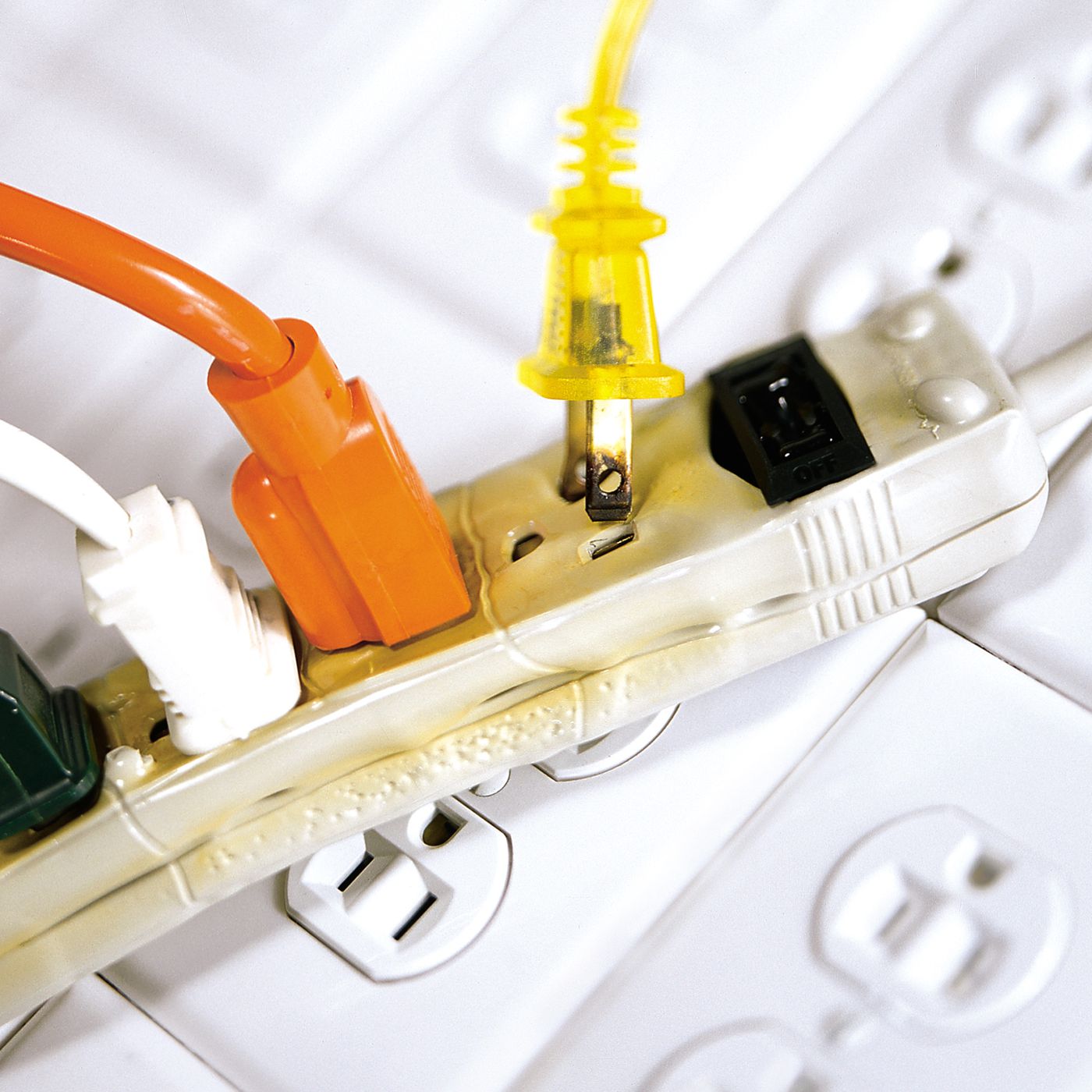
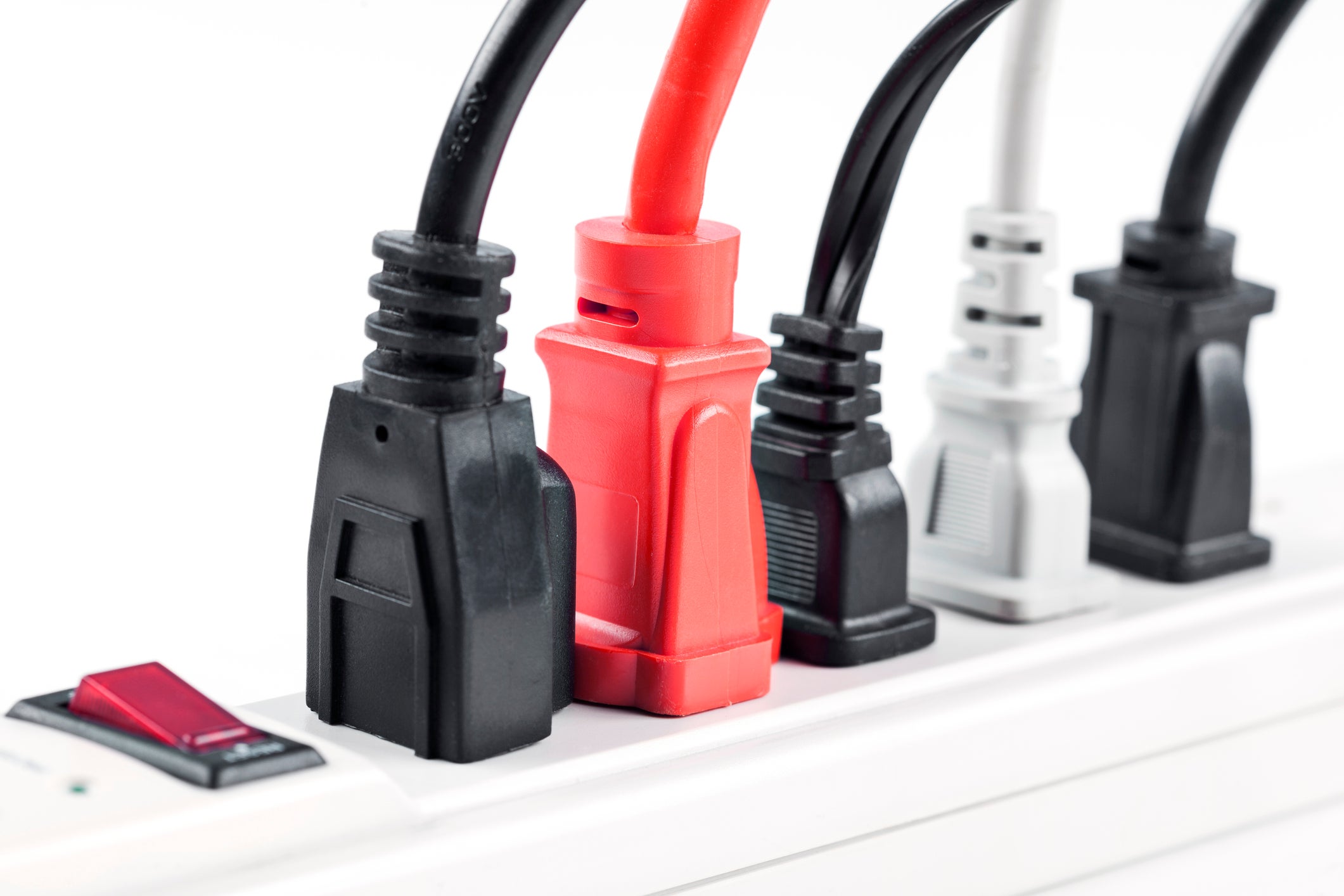
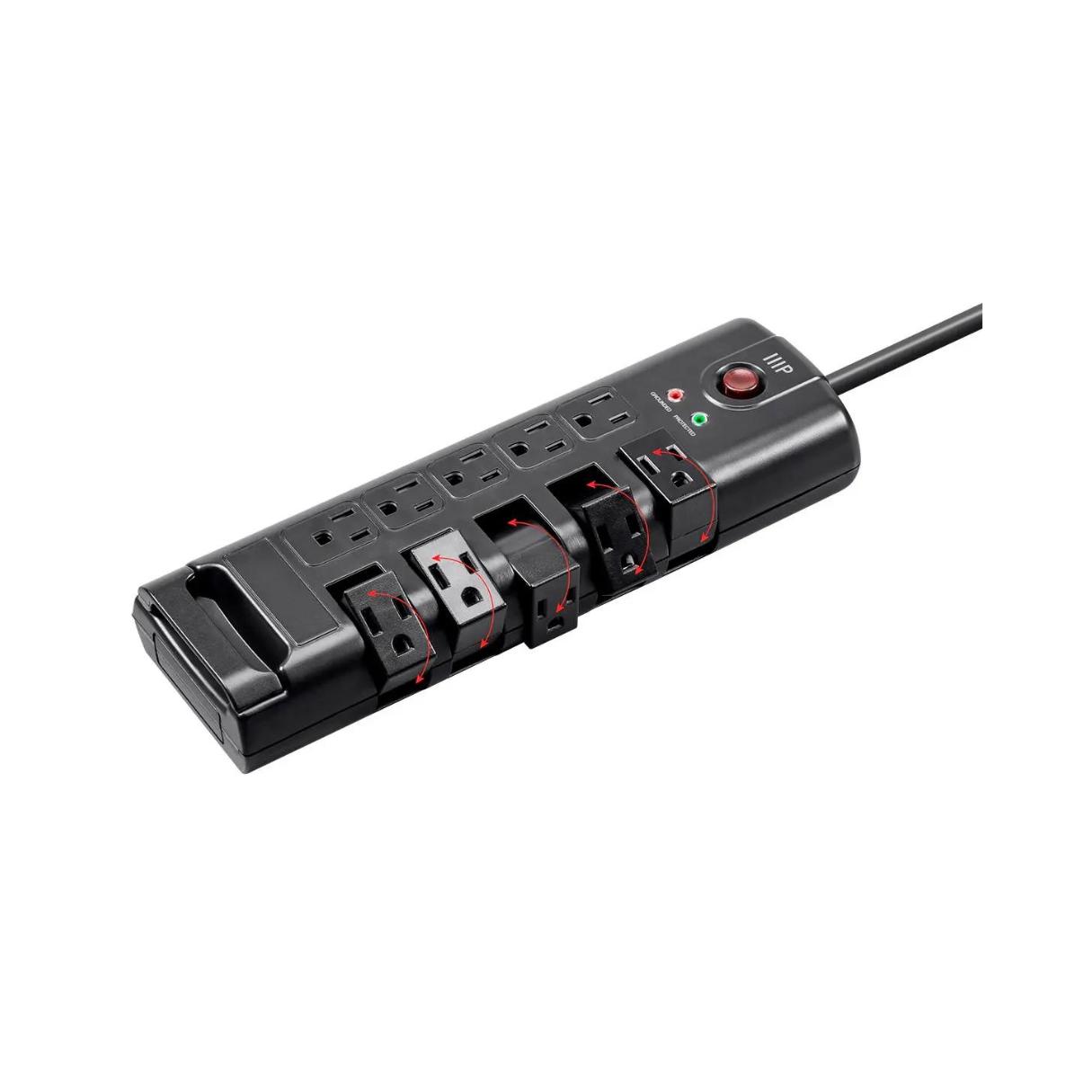
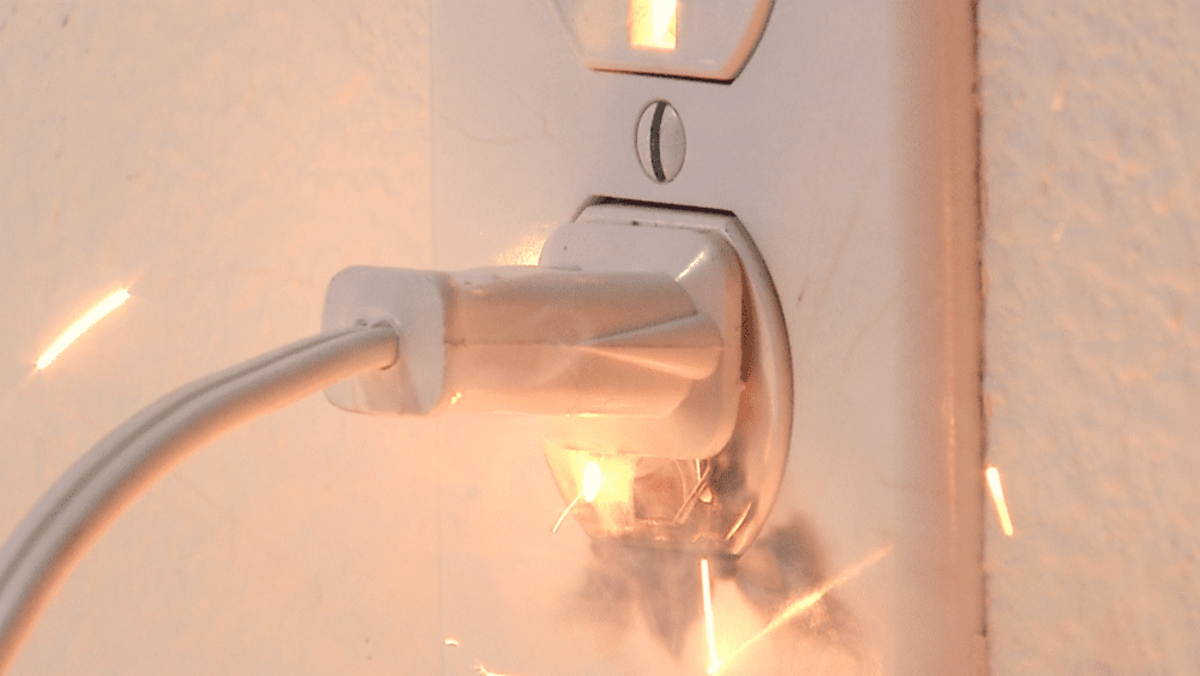
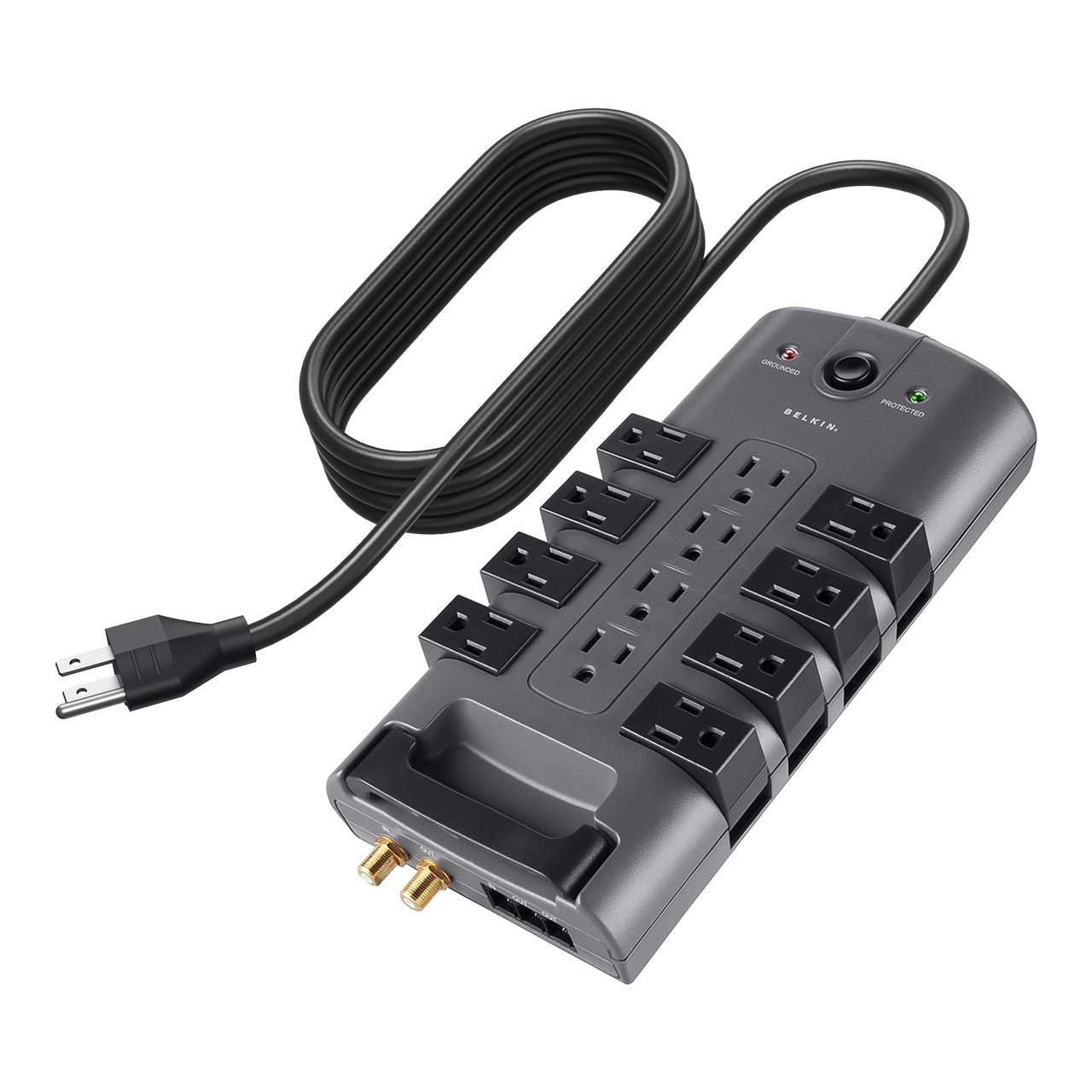
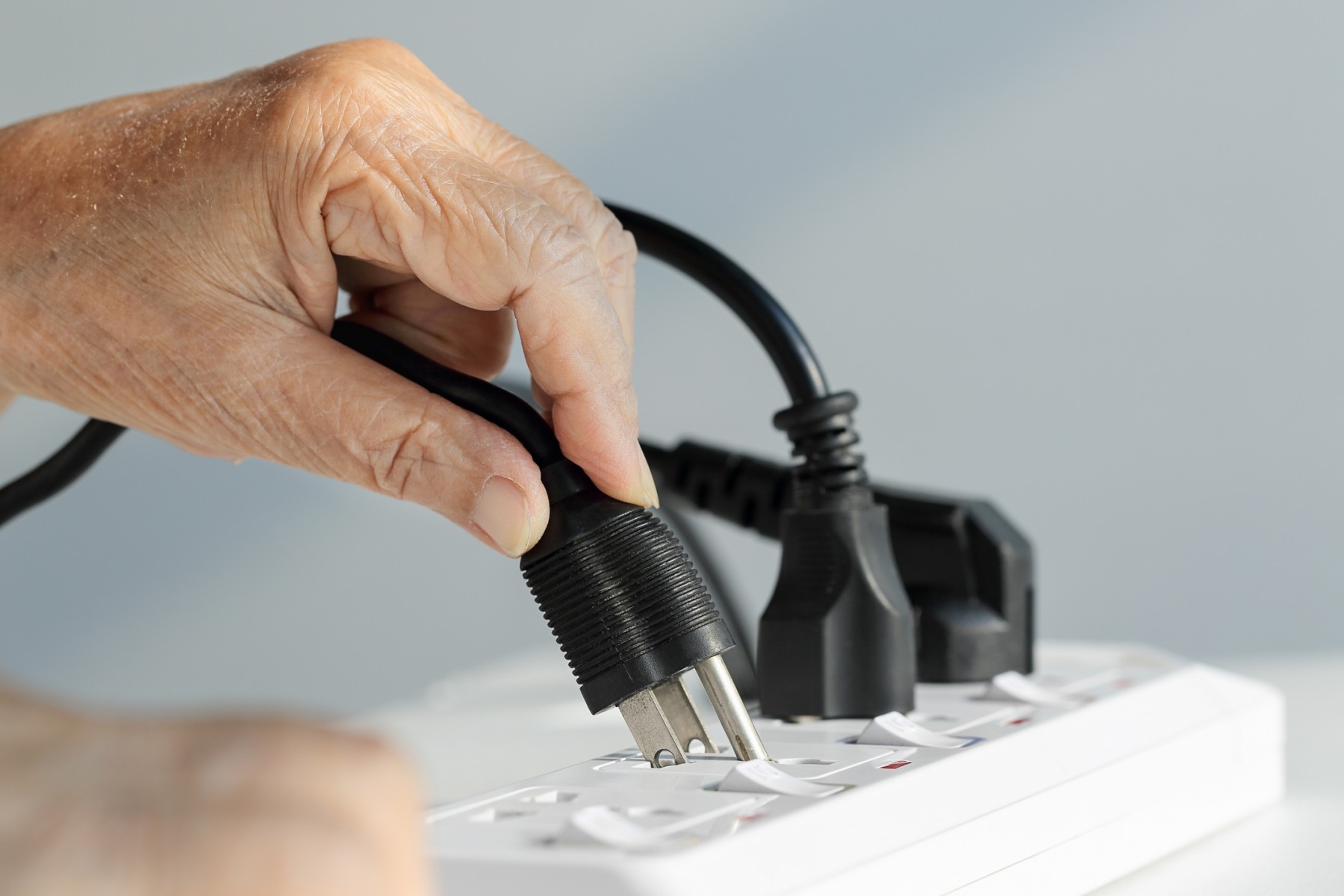
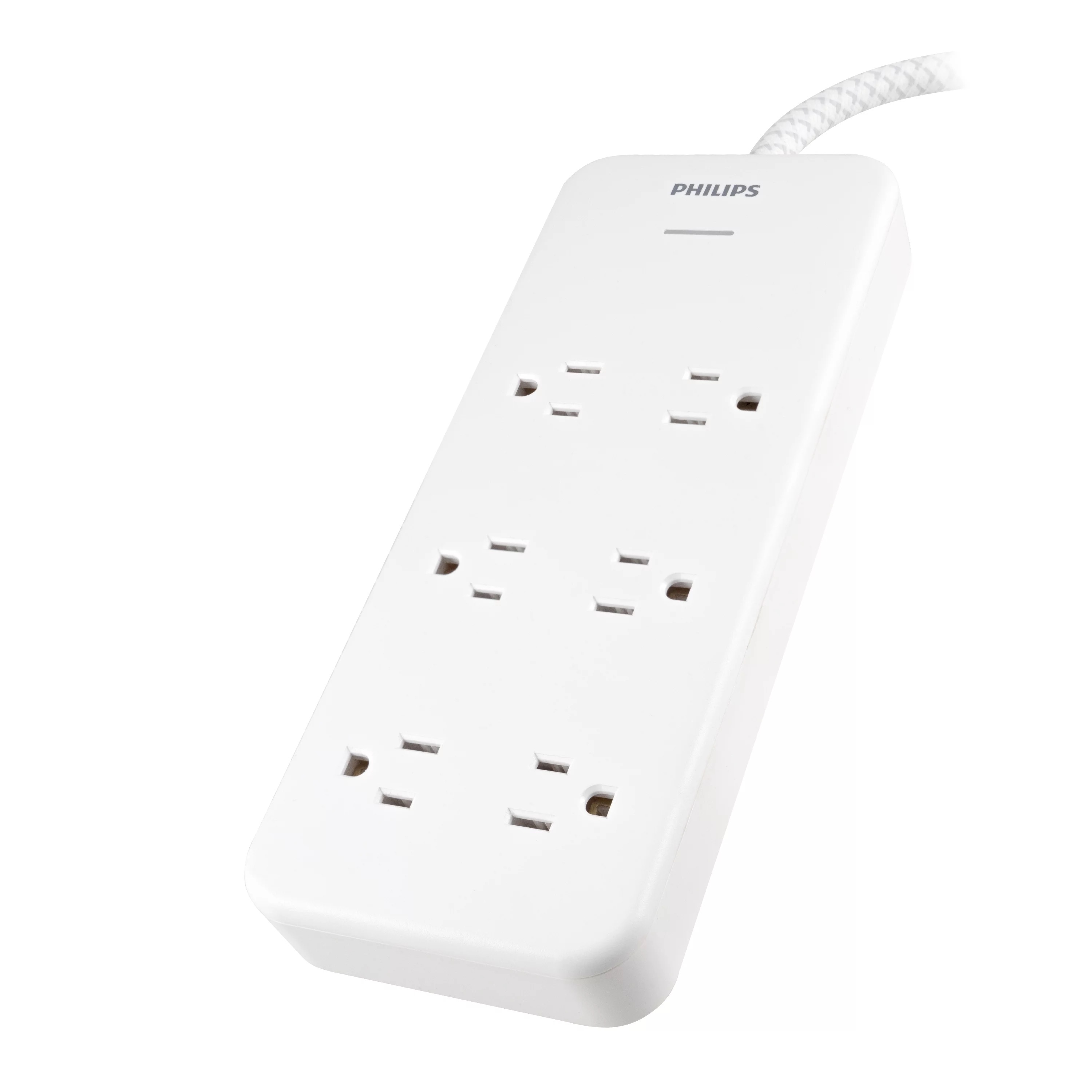
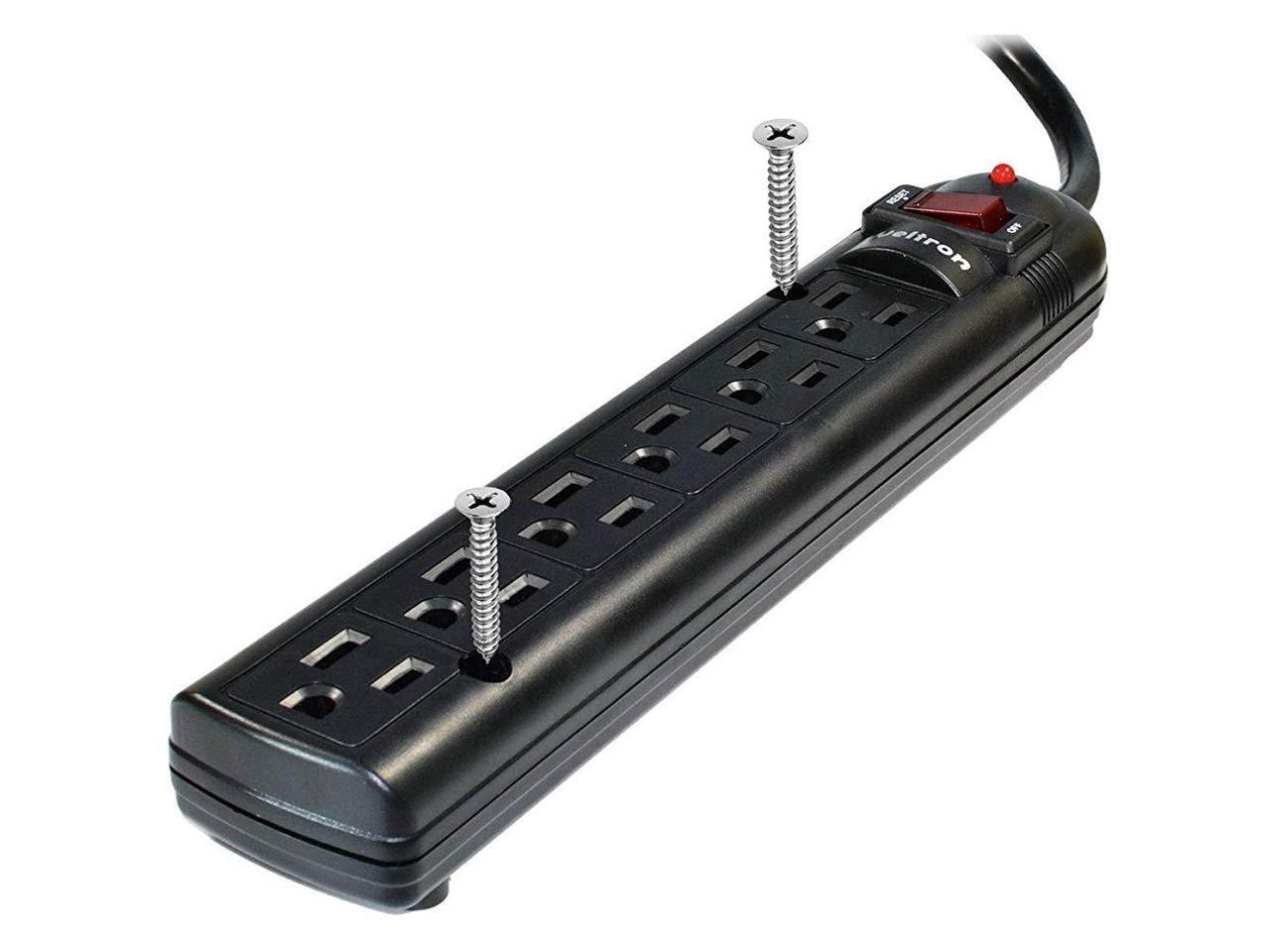
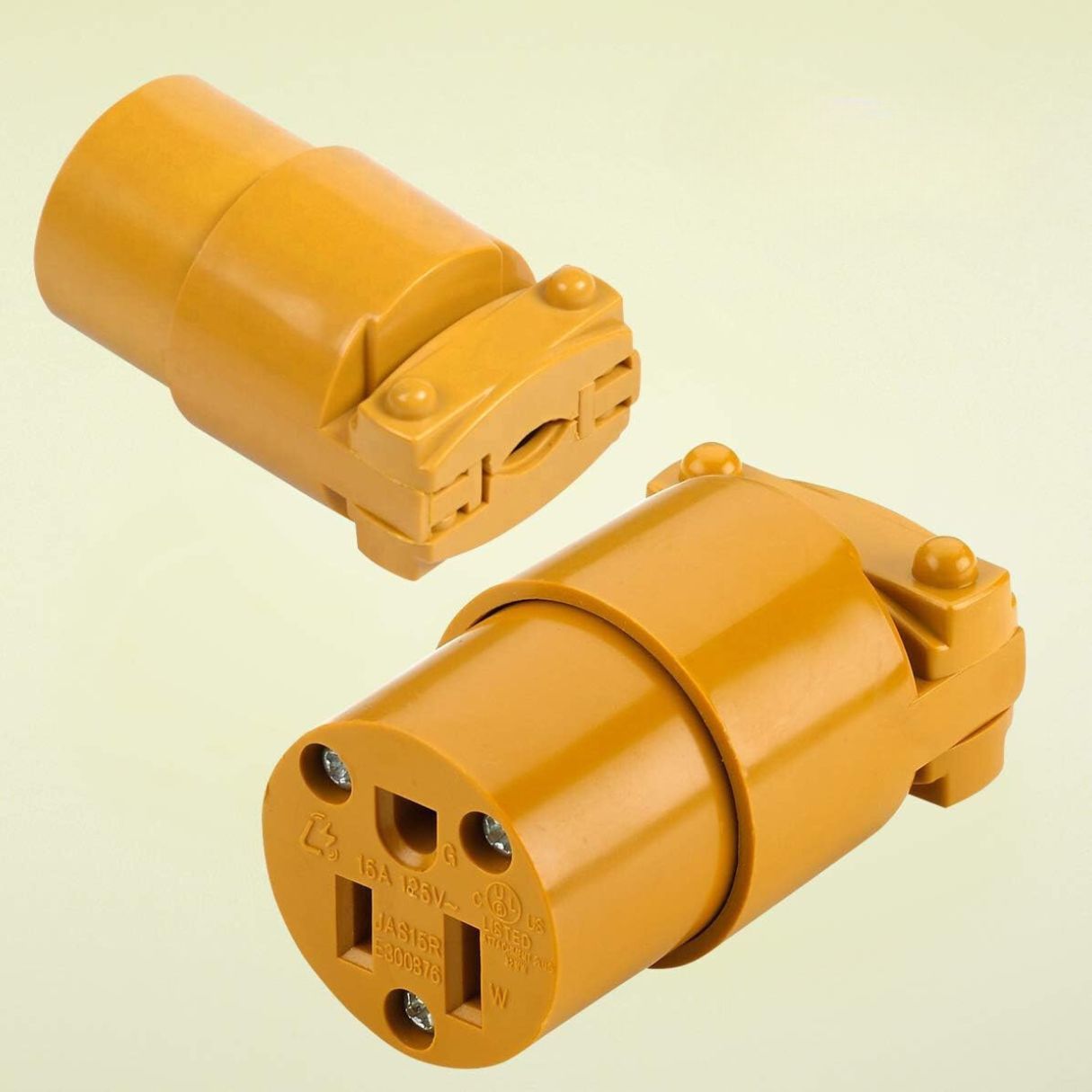
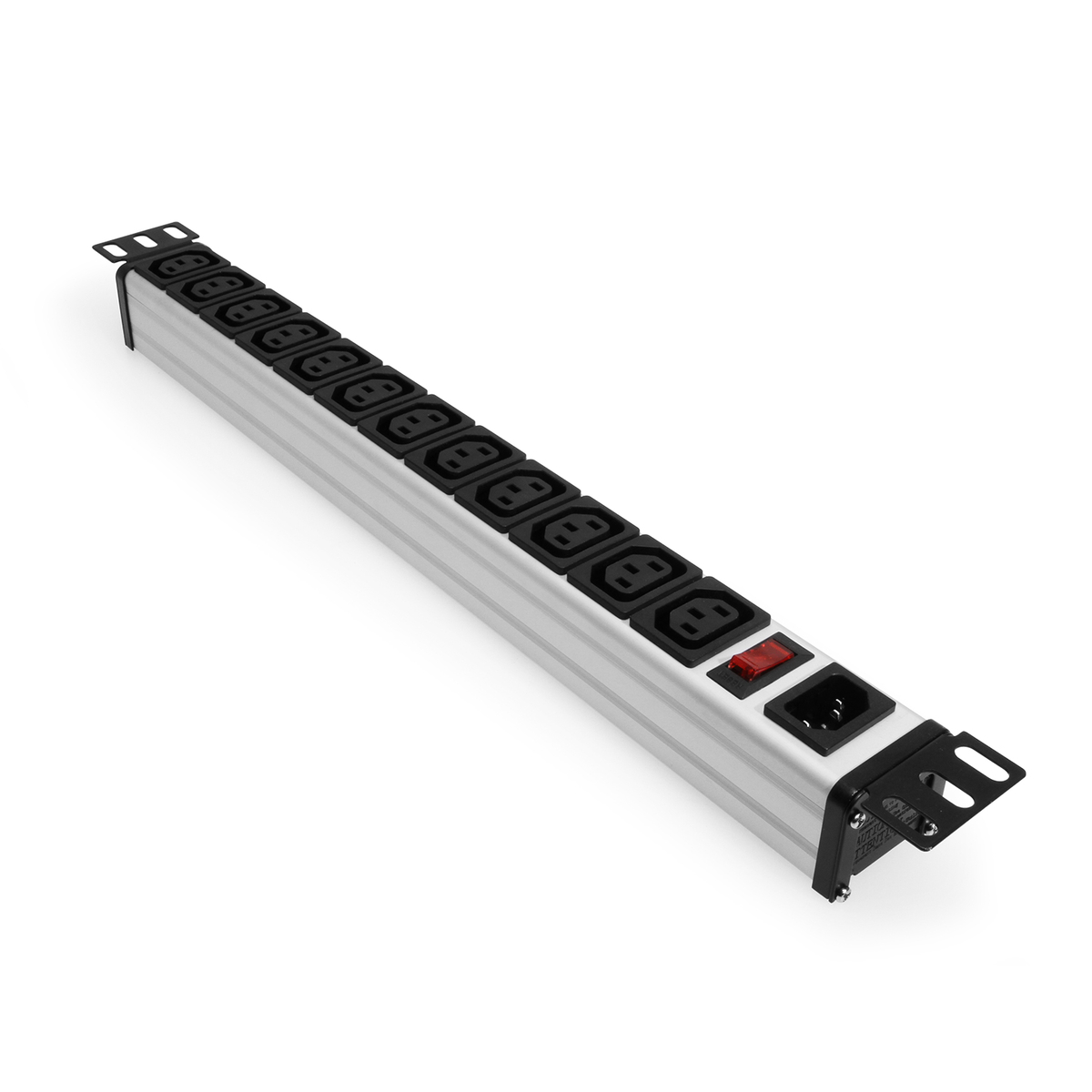
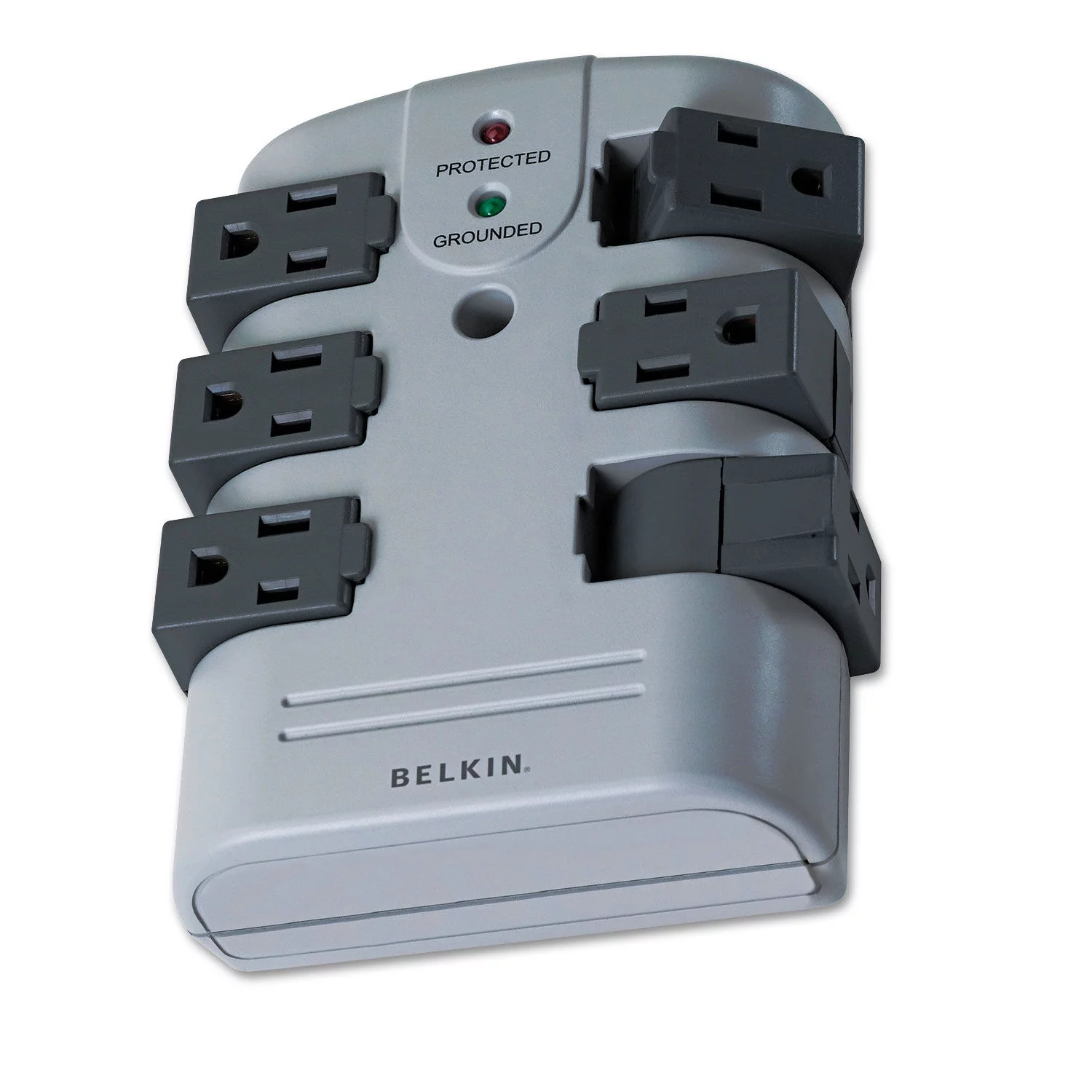
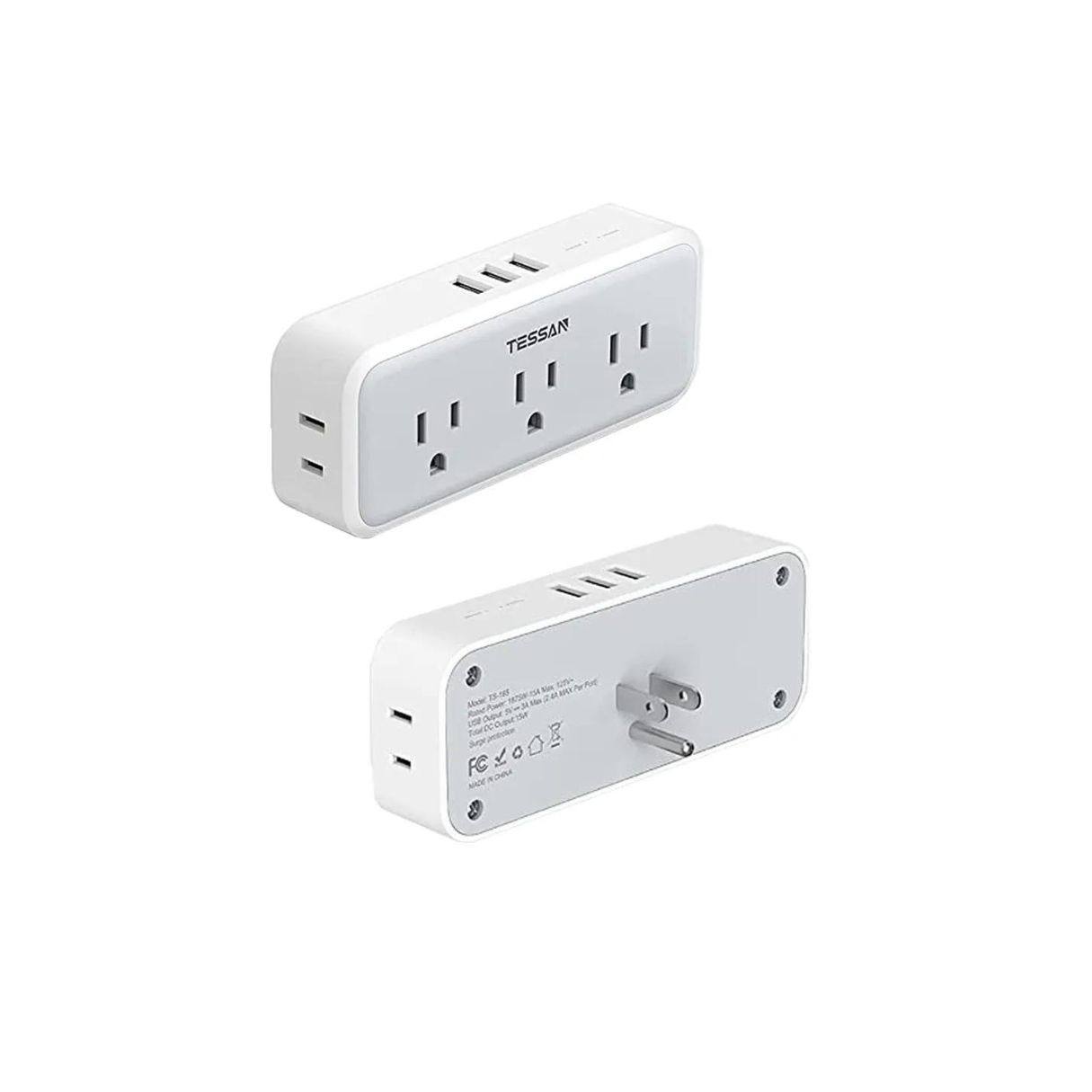
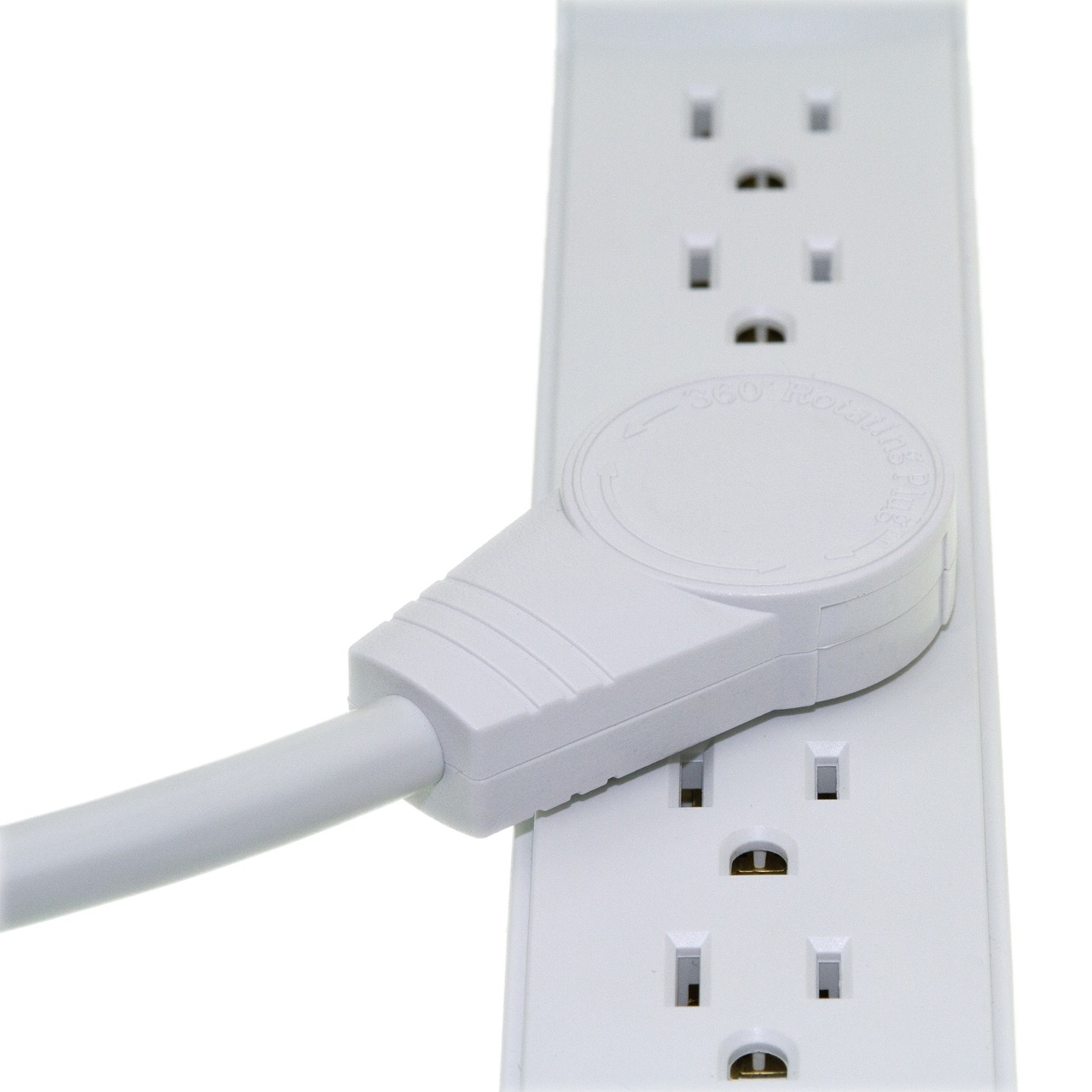
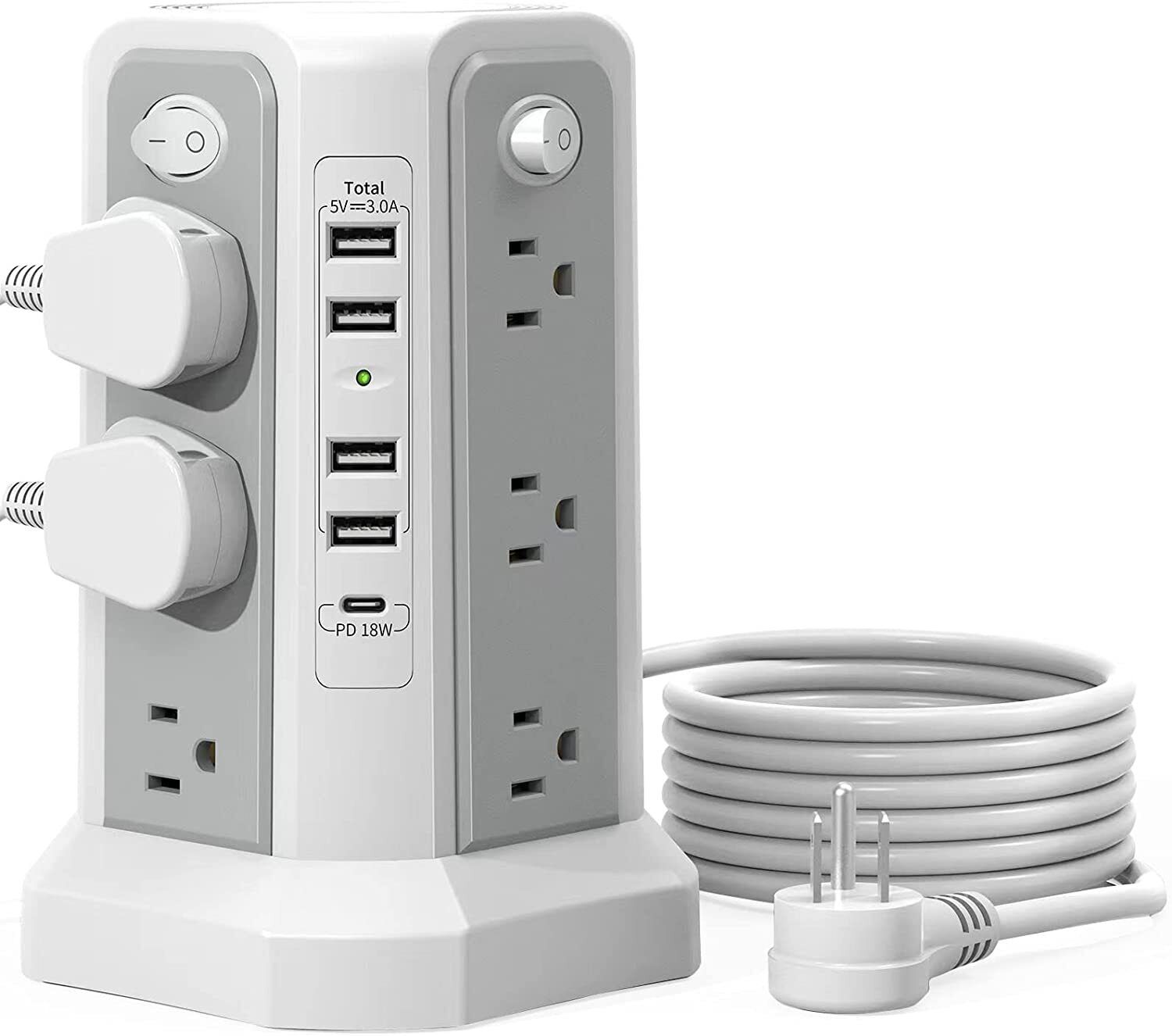

0 thoughts on “What Is The Transformer Plug On A Power Strip”